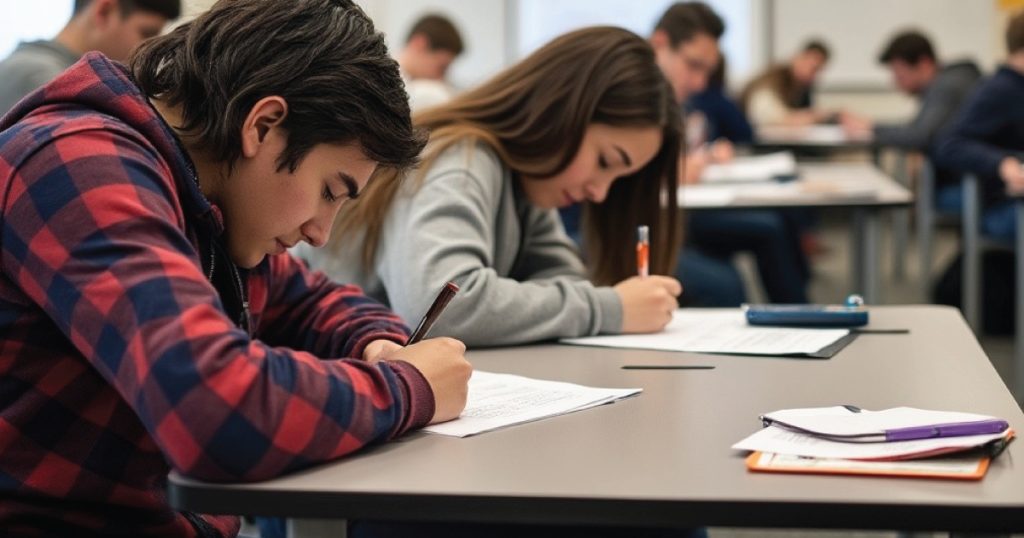More than four years have passed since Bothell High School became the nation’s first school to shut down during the pandemic in February 2020. Their closure set a precedent, one which generated controversy across the nation.

During the pandemic, some states ordered schools to be closed, others allowed districts to decide, and a few states ordered schools to open after the “two weeks to slow the spread.” States that remained open were scrutinized for risking COVID exposure, while states that closed were scrutinized for jeopardizing education.
With four year’s hindsight, it should be easy to see which policies were the most effective. Unfortunately, it is never that simple.
In order to determine which policies were most effective, the Lynnwood Times compared 10 states with the highest and lowest rates of in-person learning from 2019 to 2021.
The five states with the highest rates of in-person learning during the 2019-20 and 2020-21 school years include Florida (97%), South Dakota (96%), Wyoming (92%), Texas (89%), and Arkansas (87%).
The five states with the lowest rates of in-person learning during the 2019-20 and 2020-21 school years include California (7%), Hawaii (5%), Washington (5%), New York (5%), and Maryland (2%).

Many researchers have studied the learning loss throughout the 2019-20 and 2020-21 school years, including a large study by Harvard, to find unsurprising results: states that remained open and encouraged in-person learning early on during the pandemic experienced less learning loss than states that closed down and went virtual.
In their 2023 study of 7,800 school districts across the nation, Harvard researchers found exactly that. Districts which spent more time in virtual and hybrid learning instruction during 2020-21 saw a greater decline in test scores that year.
“Undoubtedly, in-person learning is important for student achievement,” the researchers wrote.
They also found that greater community shutdowns, not just school shutdowns, had an negative effect on learning loss as well.
“The more curtailed normal life was in a community, the larger the losses. These closures may have sent a message to kids that the world is not safe, which might affect their own mental health, motivation, and engagement in learning.”
Schools, communities, and states that had greater shutdowns saw greater learning loss in 2020-21. But how have schools been faring since then?
When we evaluate learning loss over the last four years as a whole, not just the 2019-20 and 2020-21 school years, the gap between “closed” states and “open” states seems to have narrowed.
The Lynnwood Times compiled the English Language Arts (ELA) and math test scores of these 10 states over the last four years, as provided by their state departments of education. This data shows the percentage of students who reached their state’s education standards at proficiency or higher.


The states with higher rates of in-person learning still generally scored above their counterparts, but they saw similar learning loss over a four-year period.
Why might this be?
It may be that “closed” states simply planned for more long-term learning loss and were able to implement accommodations post-pandemic—tutoring, year-round education, smaller class sizes, access to technology, etc.—in ways “open” states did not.
It may be related to all the mid-pandemic movement state-to-state as families searched for states that aligned with their political stances.
It may be related to the influx of roughly 10 million migrants across the border since February 2021 that skew the test scores.
Of the ten states evaluated, only one state improved upon both its 2019 ELA and math scores from 2019 to 2023—New York. This improvement comes shortly after the state moved to eliminate Common Core from its schools. The controversial change was adopted in 2019 and brought into classrooms in 2020. Students were tested on the new standards for the first time in 2021.
But the state of education throughout the nation as a whole is abysmal.
In Maryland today, nearly 75% of students grades 3-8 are below grade level in math, and nearly half are below in English. In Arkansas, which saw the highest rates of student success of the 10 states reviewed, fewer than 42% of students reached proficiency in math and 65% in English.
On September 10, OSPI released its K-12 Report Card, revealing that Washington has not returned to pre-pandemic levels, with 50% of students meeting proficiency in ELA and roughly 40% in math. Before the pandemic, Washington was reaching 58% proficiency in ELA and 50% in math. Over the last four years, Washington saw roughly a 9% drop in students reaching proficiency—a decline greater than New York, California, and Hawaii combined.
In some of the stronger states—Florida, Wyoming, Texas—around only half of their students reached proficiency in either subject.
No states are thriving since the pandemic. Significant learning loss is evident across the board. Few have caught up.
Yes, states that prioritized in-person education saw better results early on in the pandemic, but even those states are still generally declining. The nation’s education has been trending downward for years, decades even, and it appears there is no state or policy we can look to for a simple answer.
School closures began in Washington state; could a turnaround begin here, too?
Author: Olivia Thiessen









